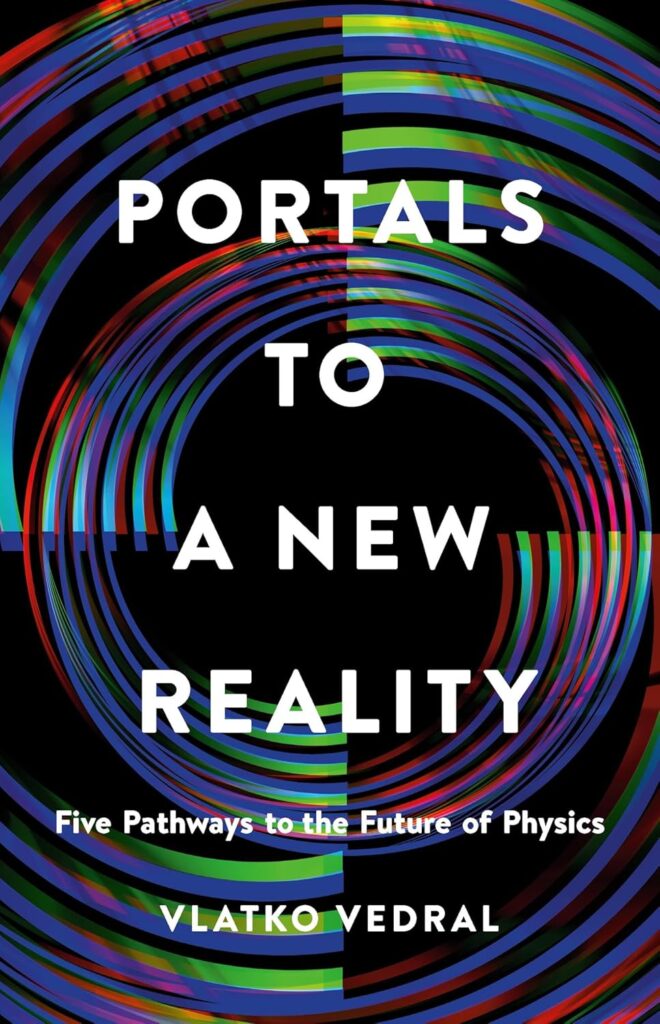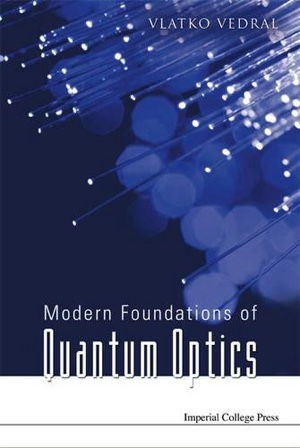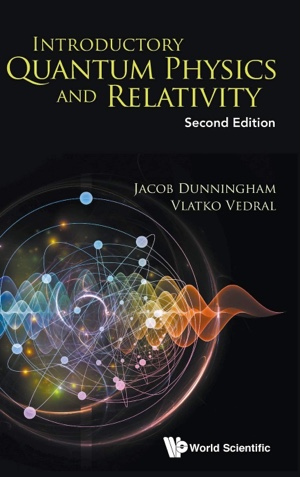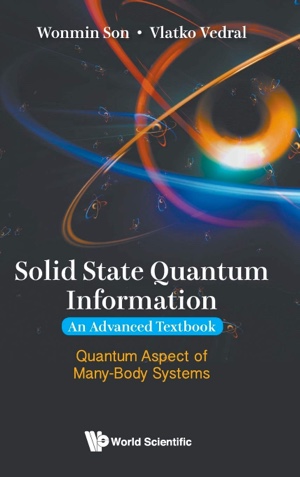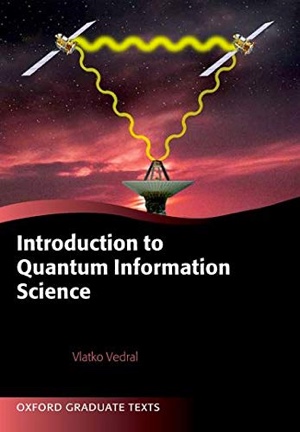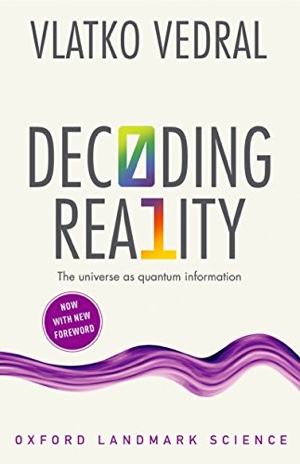Everything is Just (a Perturbed) Nothing
No, I haven’t had a bad day (in case you are wondering). I really mean what I said in the title…
Those of you who have been reading my blogs will know that I’ve been advocating the view of the universe in which everything is made up of different kinds of quantum waves. Each particle is simply a vibration of one kind of a quantum wave or another. A photon is a vibration of the electromagnetic quantum wave (we call it formally a field), while an electron is a vibration of the Dirac wave (field). I myself am a vibration of the Vedral field, which is not a fundamental field 😊, but instead consists of the electromagnetic, quark, gluon fields and so on.
What I haven’t written much about yet is that, surprisingly, the most important state of any quantum wave, is the one that actually contains no particles at all! It’s called the quantum vacuum. The quantum vacuum itself is full of surprizes, even though it contains nothing. But quantum nothing is not nothing despite the fact that it’s devoid of particles. For starters, it seemingly has an infinite amount of energy (known as the zero-point energy).
Of course, an infinite amount of energy is not a physically measurable thing, but what is measurable, are energy differences. As we all learnt in high school, a ball on the ground could be said to have zero potential energy, or an infinite potential energy, but that absolute value of energy doesn’t matter at all. What does matter is the potential energy difference between the ball at the height of say ten meters and the ground (which is, of course, the mass of the ball, times ten meters, times the gravitational acceleration on Earth).
Coming back to the quantum vacuum, what matters here is the difference between the vacuum energy of two different configurations. The best-known example of this is due to the Dutch physicist called Casimir. The Casimir effect is the phenomenon in which two conductors that are parallelly placed at some distance from one another in the vacuum will actually attract one another. And that force of attraction has been measured and it confirms the existence of the quantum vacuum.
Its explanation is as follows. When two conductors are a certain distance away, the vacuum energy between them is infinite. But when they come closer to one another the energy is the same infinity minus something finite. In other words, the energy is lower when the plates are closer to each other. And that’s it, since the system tends to go to its lowest energy state (like a ball dropped from a height tends to go to the ground). Oh, and the conductors should just be thought of as mirrors for radiation so that the Casimir effect could also be understood as the difference between the vacuum pressures from within and without.
This sounds spectacular, that the quantum nothingness can generate a force, but if this was the only thing it did, I would not be writing this blog and vexing lyrical about the vacuum. My point is that everything we observe could, ultimately, be thought of as an effect of the quantum vacuum.
“Vlatko’s gotta be kidding” I hear you say “he likes to exaggerate and overstate”. Ok, let’s look at some other things. Spontaneous emission. When an atom is excited, we say that it spontaneously loses that energy by emitting a photon. However, spontaneous emission is actually stimulated by the atom coupling to – yes, you’ve guessed it – the quantum vacuum. So, the name spontaneous is actually wrong (it’s stuck with us due to the historical accident of naming the phenomenon before we properly understood it – something that happens in science all the time) as there is nothing spontaneous in quantum physics. Everything is stimulated by some interaction or other.
Take another example. Two (or more) charges repel or attract each other because when you introduce charges into the vacuum, they modify its energy (just like in the Casimir effect) and this modified energy is either smaller than the one before the charges were introduced (in which case we have attraction) or larger (in which case we have repulsion). In fact, all forces in physics can be understood as modifications of the underlying vacuum energy.
Incidentally, the atomic energy levels themselves are slightly shifted in value because atoms couple to the vacuum too. This shift is called the Lamb shift (for which Lamb received the Nobel Prize in physics). Similar explanations underpin the van der Waals forces (the long-range forces accounting for molecular bonding between otherwise neutral molecules!) and the fundamental linewidth of lasers (i.e. why no laser can be made to emit pure, single-colour light).
What’s more, the amplitude for any dynamical process in quantum physics can be calculated as the amplitude to go from the vacuum to whatever else we need to go to and then back to the vacuum. The vacuum persistence amplitude could be considered the most basic quantity out of which all else could be built. A beautiful book by Peter Milonni entitled “The quantum vacuum” is a great collection of the effects of the quantum vacuum and I highly recommend it.
And now the punchline (to justify the title of this blog). Even the whole universe could be considered to be spontaneously created out of the vacuum! Of course, we haven’t the foggiest if this is how we got to here or not, but it is a physical possibility if quantum physics is to go by. The universe could have tunnelled into its own existence just out of nothing!
This kind of creation ex nihilo sounds appealing (not least because it avoids the need for anything else to have created the universe), but how exactly is it to be understood?
Well, of course, there would have to be the quantum vacuum out there for starters (in a space that is larger and within which our universe gets created). So, in that sense, it is not really the universe coming out of the real nothing (whatever that may be), but just out of the quantum nothing. Still, granted that the quantum vacuum has always been there, where does the energy for the universe come from? Well, there is an interesting possibility that all total energy of the universe is actually zero (all the positive energy of the matter is cancelled out by the negative gravitational energy). Interestingly, one could say the same for all the other quantities which are conserved, such as the total momentum, total charge and so one (they could all be zero).
In that sense, it takes no effort at all to create the universe out of the pre-existing quantum vacuum. One could colourfully say that our universe already exists as one of the possibilities in the superposition of all the states that conform to the conservation principles within the overall quantum vacuum state.
I’ll leave it to you to decide if you find this view of the universe convincing. One thing is for sure. Our explanations for where we come from will only get better with time and the current scientific vantage point is not a bad place to be.
Sign up to my substack
BOOKS
ASK ME ANYTHING!
If you'd like to ask me a question or discuss my research then please get in touch.
